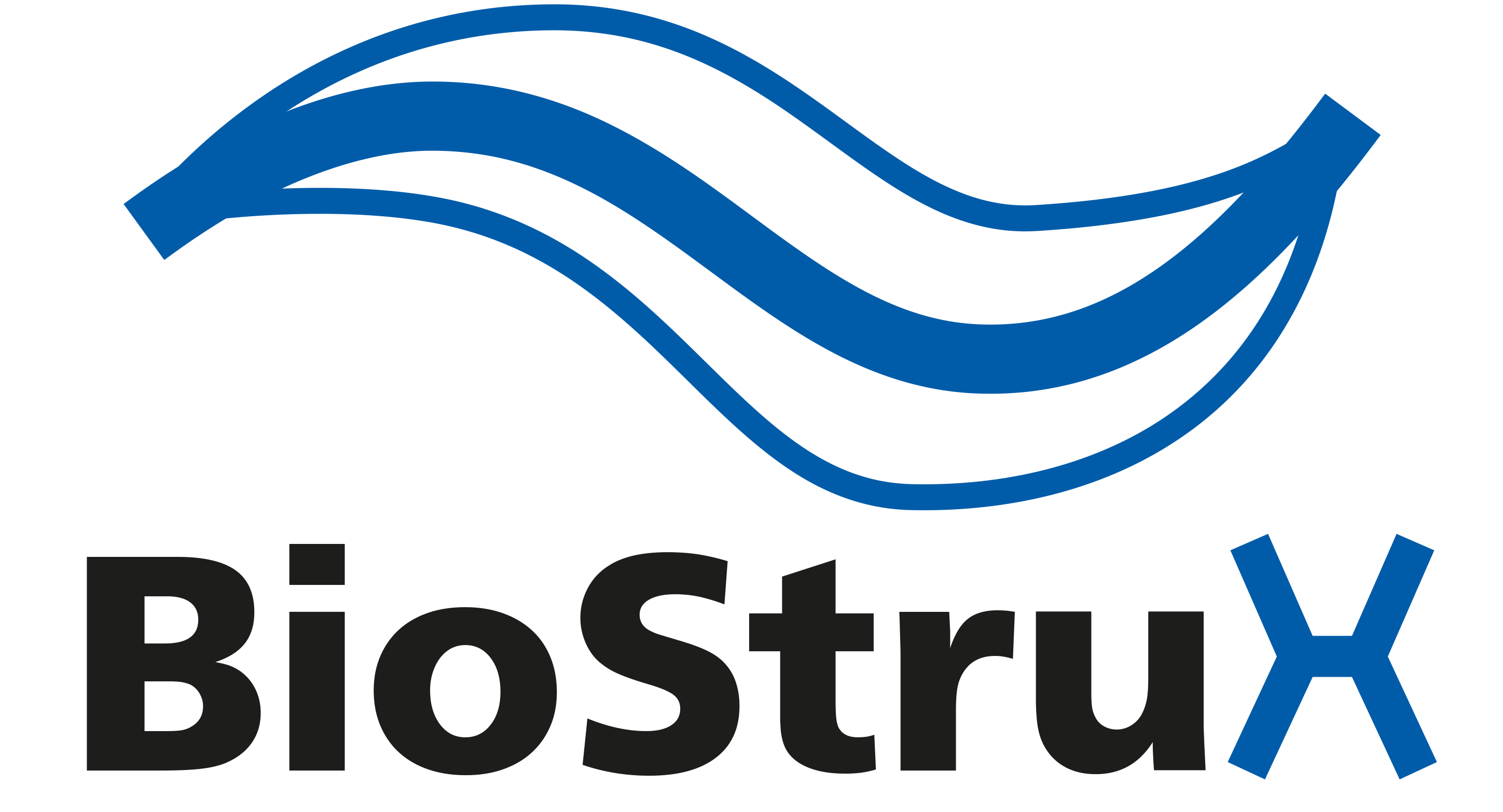BioStruX – Bionic lightweight structures based on branched sheets
The BioStruX research project is taking Linear Flow Splitting and downstream Split Profile Bending from the stage of extensive scientific penetration in the university environment to the breadth of industrial application. The main target is weight reduction and function integration in load structures. Linear Flow Splitting and Split Profile Bending are used to build bionically oriented lightweight structures as a new potential technology of functionally integrated lightweight structural engineering. The basic lightweight construction mechanism is to use the design element of branching to increase the buckling stiffness of profile-like and planar structures. Through the production process of Linear Flow Splitting, a branch is continuously introduced along the strip edge of steel sheets by means of forming.
Coordinators: Benedikt Depta M. Sc.
| Christian Thoma M. Sc.
Duration: April 2021 – December 2024
Funded by: BMWK
Homepage: www.ptu.tu-darmstadt.de/biostrux
Motivation
In many cases, buckling represents a critical failure mode in the design of for sheet metal and load structures. Often, these can only be countered by increasing the thickness of sheet metal and thus the weight of the load structure. The constructive as well as technological avoidance of instabilities is an essential key to the realization of resource- and cost-efficient lightweight structural engineering.
It is known from nature that instabilities can be effectively prevents by introducing branches and the associated increased area moment of inertia. This allows sheet thicknesses to be reduced and holistic lightweight design potentials to be exploited. However, manufacturing technology presents significant challenges for the production of branched steel-based structures, especially in the thin sheet sector. For example, the production of integral branches formed from the material, similar to cost-intensive aluminum materials by extrusion, is not possible with thin high strength steel. On the other hand, industrial use of the Linear Flow Splitting manufacturing process faces the hurdles of high equipment investment, low flexibility and productivity at low volumes.


Approach
In order to meet the problem of industrializing Linear Flow Splitting, a single-stage, intelligently automated Linear Flow Splitting system is being developed. In addition to changing the process control, this new development also entails redesigning the stand structure to ensure the required degrees of freedom for the die rolls. These adjustments have a significant influence on the process characteristics. The characteristics from continuous operation are not directly transferable. In addition to a holistic redesign of the die system, the process sensitivities must be investigated again numerically and experimentally.
For kinematic Split Profile Bending, significantly less scientific knowledge is available so far. Thus, for Split Profile Bending, sufficient elaboration of technological fundamentals is required prior to process development. The machine control and the AI concept equally require a complete new machine design, since the previous Split Profile Bending system was limited only to the control of the sheet feed speed and skilled personnel-based setup and adjustment. Figure 1 shows the developed machine concept for the intelligently automated Linear Flow Splitting line.
Acknowledgement
The collaborative research project BioStruX – Bionic Lightweight Structures Based on Branched Sheet Metal (funding code: 03LB2011A) is funded by the German Federal Ministry of Economics Affairs and Climate Action as part of the Technologietransferprogramms Leichtbau. The PtU would like to thank the project management organization Forschungszentrum Jülich GmbH and the collaborative partners involved in the BioStruX research project.
Furthermore, we would like to thank all industrial partners who accompany the BioStruX research project as associated partners.
Funded by
Project Management Organization
Project Partners
Industrial Partners



